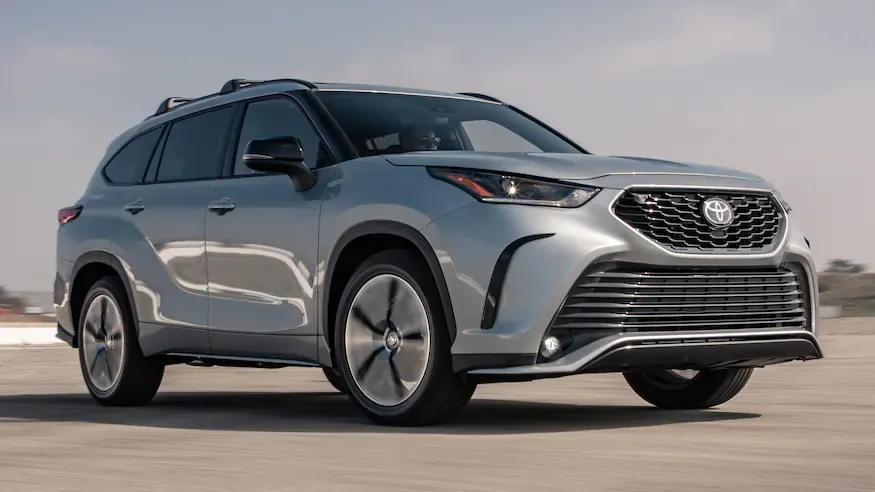The Big Squeeze

The calendar says that it’s winter, but it’s been so mild it feels like early spring most days. It won’t be long before drivers start encountering bicycles and other “vulnerable” road users as the temperatures rise with the changing seasons. Unless you’ve really been paying attention, Governor Charlie Baker signed Massachusetts Bill H.5103 into law on one of his final days in office. The new law requires all motor vehicles to leave at least four feet of space between their vehicle and a vulnerable road user while passing. “Vulnerable” road users are skateboarders, pedestrians, roller skaters, wheelchair users, utility repair people, pedestrians, and cyclists, among others.
Until now, Massachusetts law stated that drivers need only to give as much space “as allowable” while passing. As a cyclist whose left elbow has nearly been whacked by more car mirrors than I count, clarifying the law with a non-subjective number is a welcome change. Since four feet is awful hard to eyeball while bearing down on a vulnerable road user while sipping Dunkin’ coffee and chatting to your friend via Bluetooth, I figured I would do the math for those out there too busy being busy to bother.
In Massachusetts, and most other states I would assume, a typical road lane is 10 to 12 feet wide. The handlebars of my Specialized Tarmac are exactly 17.5 inches wide, and if I’m honest they’re far narrower than the “average” bicycle handlebar. If we are to assume my handlebars are the widest part of my profile while a car is passing me, that leaves roughly 8.5 to 10.5 feet of open lane space. In 2021, the ever popular Toyota Highlander was roughly 6.5 feet wide, excluding mirrors. In this scenario, the Highlander would have to move 2 feet over the centerline to give me the legal minimum passing distance. If we account for on coming traffic, there will be 19 feet of cars, cyclist, and minimum passing distance, being shoehorned into a road that could be as narrow as 20 feet. Is that extra foot of space enough for your $250-$1,500 side mirror? Probably not, so please support your local mechanic when you break it off. Are you just going to squeeze a human being off the road instead? Be honest with yourself, you don’t want to hurt or kill anyone. If you’re a sick individual who does, just think of the mountain of paperwork, lawyers, insurance companies, and reporters you’ll have to deal with. Hopefully that changes your mind.


I’ve heard some folks argue that cyclists cause traffic. My counter argument would be to count the cyclists on the South East Expressway each morning. Traffic jams are caused by too many cars going to the same place at the same time. Ironically, when Boston added more lanes running through the city during the Big Dig, the only long term results were more traffic and a mountain of debt that is still 15 years away from being paid off. Maybe more lanes isn't the answer?

Spending an extra 15 seconds to pass a cyclist safely won’t cause any difference in your commute. In fact, one less car on the road during your commute could be the difference between making it through a green light and sitting for 2 minutes at a red light. I’m not a civil engineer, and if I was I don’t think I’m smart enough to cure the infrastructure issues that plague us here in the Bay State. But less cars and more bikes on the road would be a cheap step in the right direction. And the safer cyclists feel on the road, the less cars there will be on the road. Trust me.


Comments ()